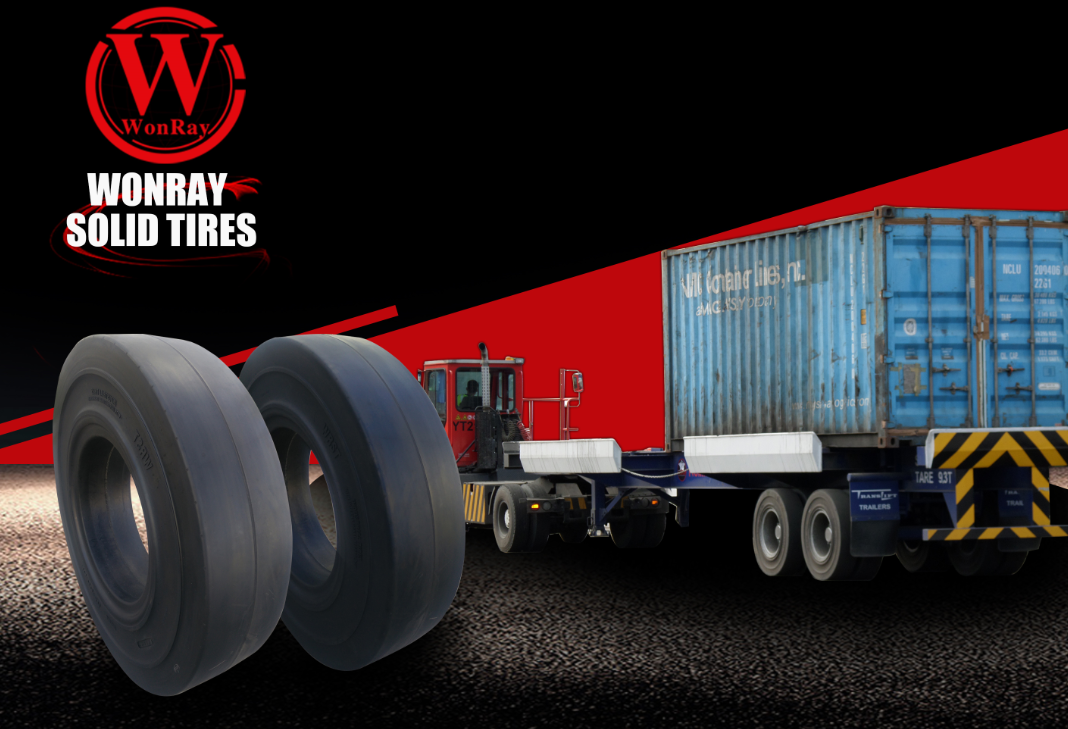In modern port logistics, Port Tires play an essential role in ensuring the smooth, efficient, and safe movement of heavy machinery. These specialized tires are designed to withstand extreme loads, harsh surfaces, and constant operation in demanding port environments such as container terminals, cranes, and reach stackers.
The Importance of Port Tires in Terminal Efficiency
Port equipment such as rubber-tired gantry cranes (RTGs), straddle carriers, and terminal tractors operate under intense conditions. High-quality port tires directly affect:
-
Operational uptime: Minimizing downtime due to tire damage or wear.
-
Load stability: Ensuring safe handling of containers and heavy cargo.
-
Fuel efficiency: Reducing rolling resistance for optimized energy use.
-
Worker safety: Providing superior grip and balance on wet or uneven surfaces.
Key Features of Modern Port Tires
To meet the extreme challenges of port operations, manufacturers have developed advanced designs with improved materials and performance benefits:
-
Reinforced structure: High-strength sidewalls and steel belts prevent deformation under heavy loads.
-
Cut and wear resistance: Durable rubber compounds extend tire life even in abrasive environments.
-
Heat dissipation design: Special tread patterns and compounds prevent overheating during continuous use.
-
Non-marking options: Ideal for sensitive flooring areas, maintaining a clean terminal surface.
-
Radial and solid options: Depending on vehicle type and operating condition, users can select between radial, bias, or solid tires for optimal performance.
Applications of Port Tires
Port tires are widely used in various types of heavy-duty port and industrial vehicles, including:
-
Container handlers and reach stackers
-
Terminal tractors and trailers
-
Rubber-tired gantry cranes (RTG)
-
Straddle carriers
-
Forklifts and loaders used in port warehouses
Choosing the Right Port Tire for Your Operation
When selecting port tires, consider the following:
-
Load capacity and pressure requirements
-
Operating speed and frequency
-
Surface conditions (concrete, asphalt, or gravel)
-
Environmental factors such as heat, oil, and moisture
-
Maintenance and retreading options
Choosing the correct tire type ensures optimal durability, safety, and long-term cost efficiency.
Conclusion
Port tires are a critical investment in the logistics and port handling sector. Their quality and performance directly influence operational safety, productivity, and total cost of ownership. For terminal operators and logistics companies, selecting the right port tire ensures reliable operations under the toughest industrial conditions.
FAQ
1. What are the main types of port tires?
Port tires include radial, bias, and solid tires, each suited for different equipment and working conditions.
2. How often should port tires be replaced?
Replacement intervals depend on load, surface, and maintenance. Regular inspections help detect wear early and extend tire lifespan.
3. Can port tires be retreaded?
Yes, many high-quality port tires support retreading, reducing overall operational costs.
4. What are the benefits of solid port tires?
Solid port tires offer puncture-proof reliability, minimal maintenance, and superior stability for slow-moving heavy equipment.
Post time: 20-10-2025

